THE WALEZI WA MSITU
Guerrilla Agroforesters of the Mombasa Climate Resilience Zone
Climate Resilience Zones (CRZs) originating in Mombasa in the mid-21st century, are a revolutionary reclamation of formerly designated Special Economic Zones. Instituted by guerrilla agroforesters of the region, they use forest seeding instruments to assess terrestrial ecosystems and craft ‘seed balls’ using carbonised biochar, enriched with nitrogen and phosphorous, and infused with native mycelium spores. These devices enable random forest seeding practices, fostering the creation of resilient old-growth forests for accelerated biodiversity recovery. The practice plays a crucial role in revitalising root-soil microbial relationships, enhancing nutrient availability, and rejuvenating soil microbial health, enabling these old-growth forests to thrive.
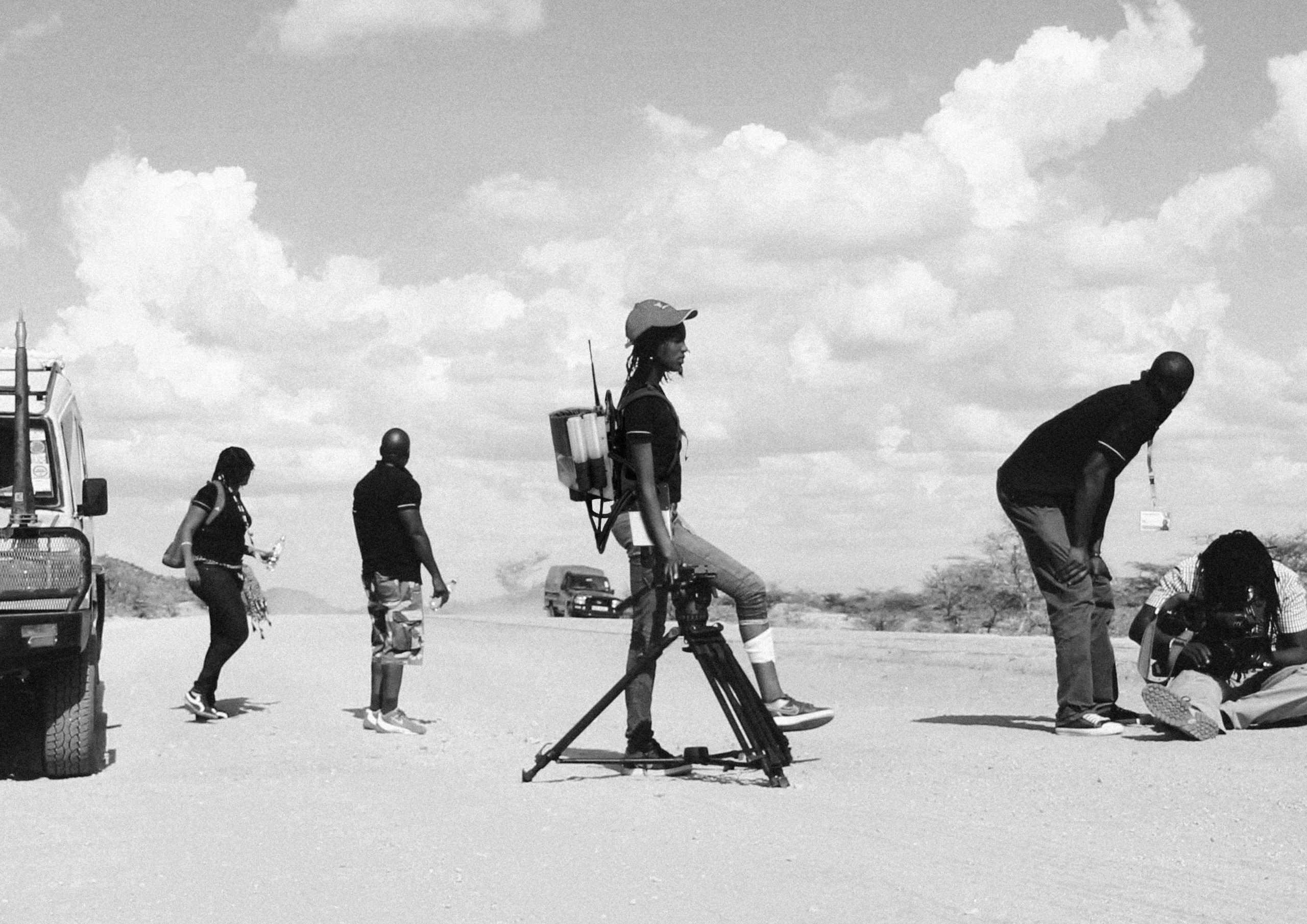
Figure: Concept Render showing Guerilla agroforesters gathering to embark on establishing the Mombasa Climate Resili-ence Zone (2064).
Climate Resilience Zones (CRZs) first emerged in Mombasa as practiced by guerrilla agroforesters called the The Walezi Wa Msitu. They use forest seeding devices that make ‘seed balls’ that use a carbonized biochar medium ‘supercharged’ with biologically sourced nitrogen and phosphorous and inoculated with selective mycelium spores native to old-growth forests. The mycelium aids in re-establishing healthy root-soil microbial relations, enhancing the availability of nutrition, and rejuvenating the soil microbial health for these old growths to flourish. These seeding operations are spread in randomized patterns using ‘creative’ and resilient forms of seeding old-growth forests for faster biodiversity recovery with the forest seeders. Over time, these CRZs regenerate the terrestrial ecosystems, complementing conservation efforts, including biomass production from agriculture and forestry, storage, filtration, and transformation of nutrients and water, biodiversity habitats, ecologically sourced material resources, and carbon sinks for a long carbon drawdown. On a long enough timeline and with its global reach, the development of CRZs starts to blend into each other, eventually transforming into Pan-Indigenous Autonomous Zones.
I conducted seawater electrolysis experiments based on Hilbertz' work but this time with a carbon substrate. I 3D printed a conductive graphite PLA filament and electroplated it with seawater to illustrate a carbon-negative coral sample.
Images: Microscopic deposition of Amorphous Aragonite on conductive pyrolyised carbon structures.
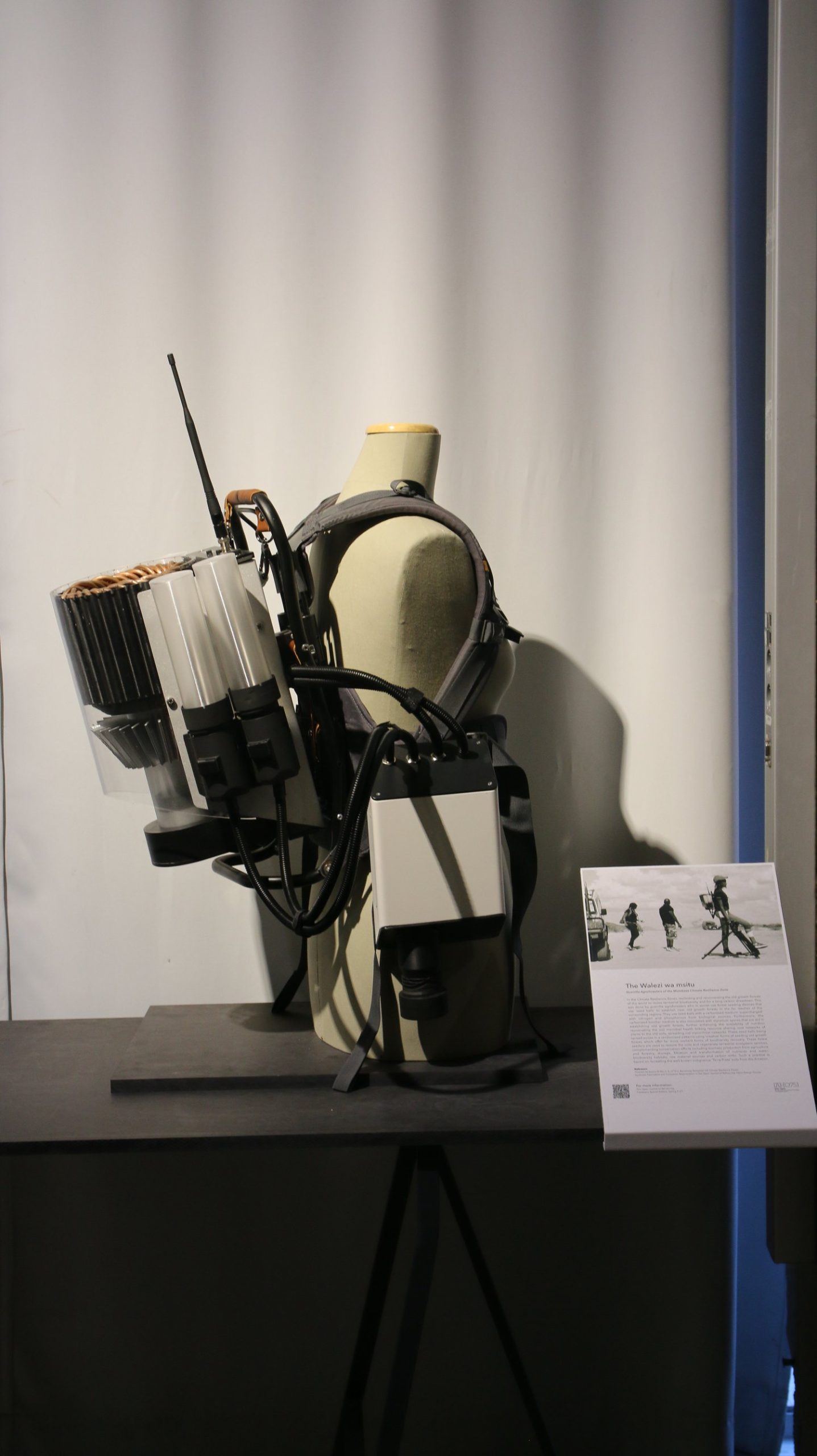
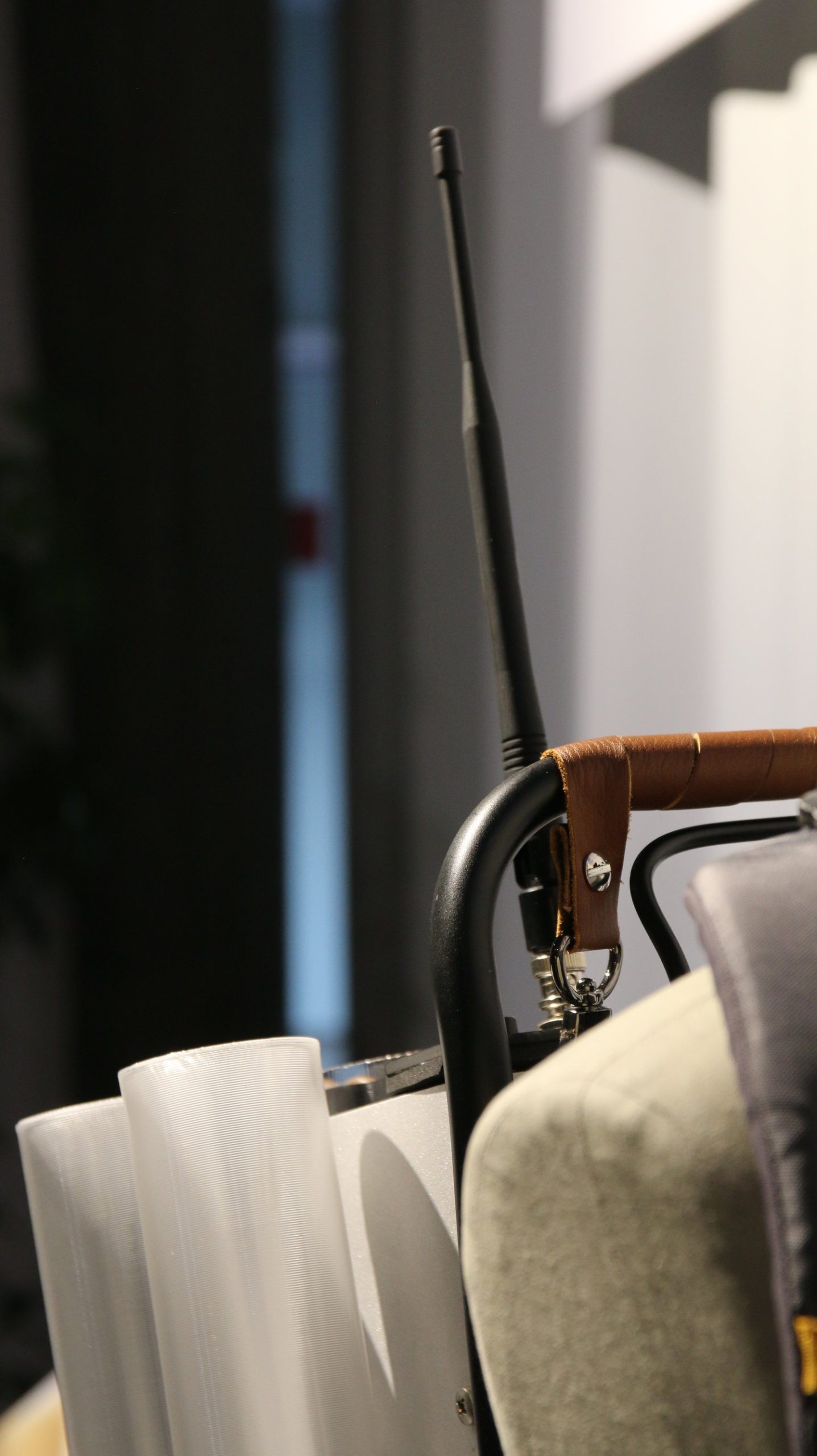
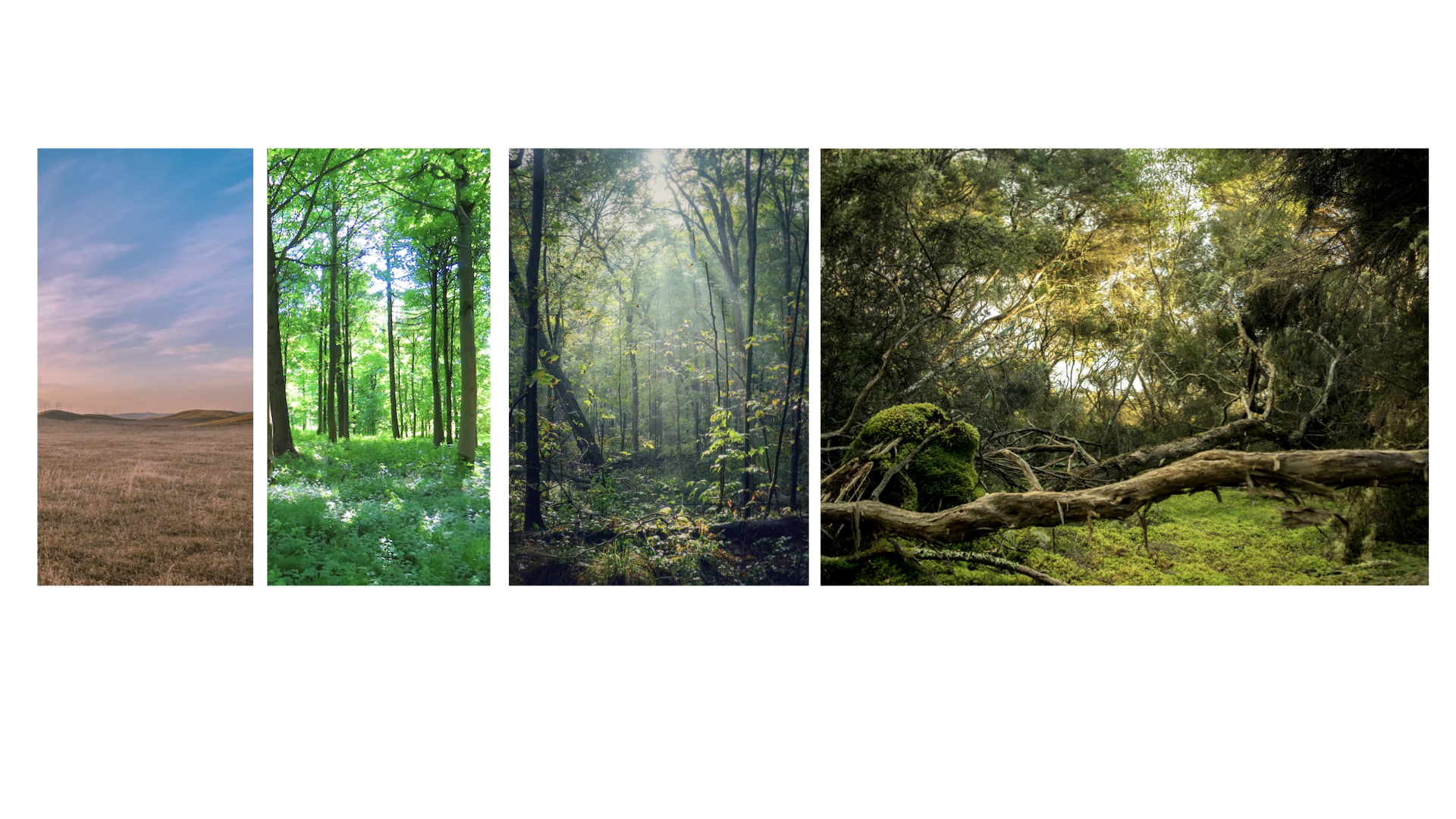
Over time, CRZs regenerate terrestrial ecosystems, serving as both biodiversity habitats and carbon sinks for the long-term process of carbon drawdown and gradually coalesce into the Pan-Indigenous Autonomous Zones of the 22nd century.
As a rewilding and regeneration strategy, it shows possibilities for recovery of coral reefs at incredible rates, even if damaged beyond repair, by combining with traditional ‘seeding’ and coral nurseries and aiding in their rapid recovery, making possible highly resilient and accelerated artificial reefs to also be scalable. These mangrove-coral sea walls are designed to protect from intense hurricanes and more energetic storm seasons in regions most vulnerable to climate extremes by absorbing the energy and the subsequent storm surges and sea level rise. These reclaimed ecosystems, like the climate resilience zones (CRZs) on land, are meant to rehabilitate coastal communities by stemming storm energy but also provide sanctuary for corals to survive bleaching events, revive fisheries and sustenance to coastal communities while also reviving marine biodiversity.
Read More: Chapter 2, Becoming Terrestrial: Of Climate Resilience Zones, Symbiotic Fabrication and Ecosystem Regeneration in The Open Journal of ReFuturing (2131).
Selected Works

Biomineralzerreserach product
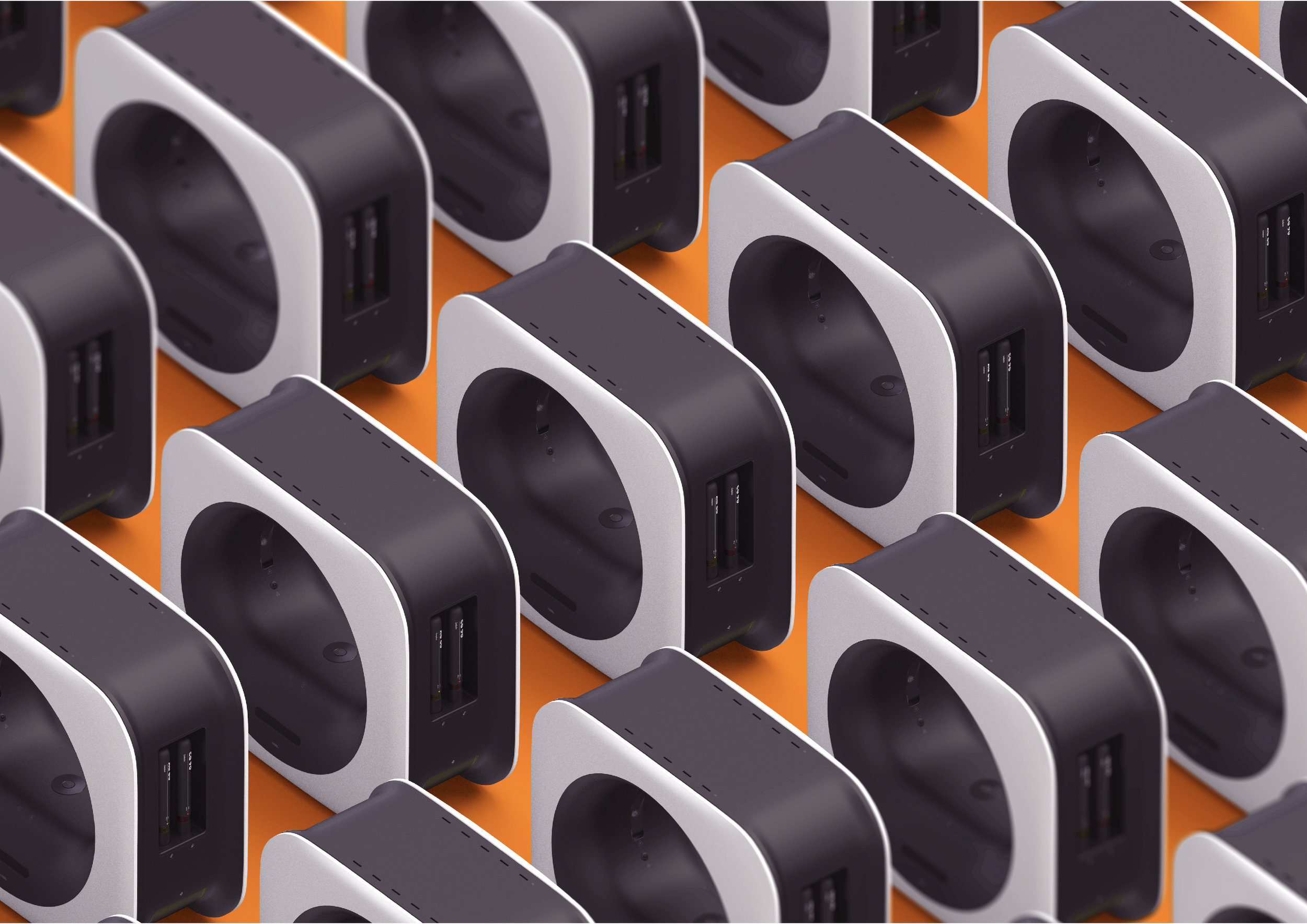
biomAreserach product
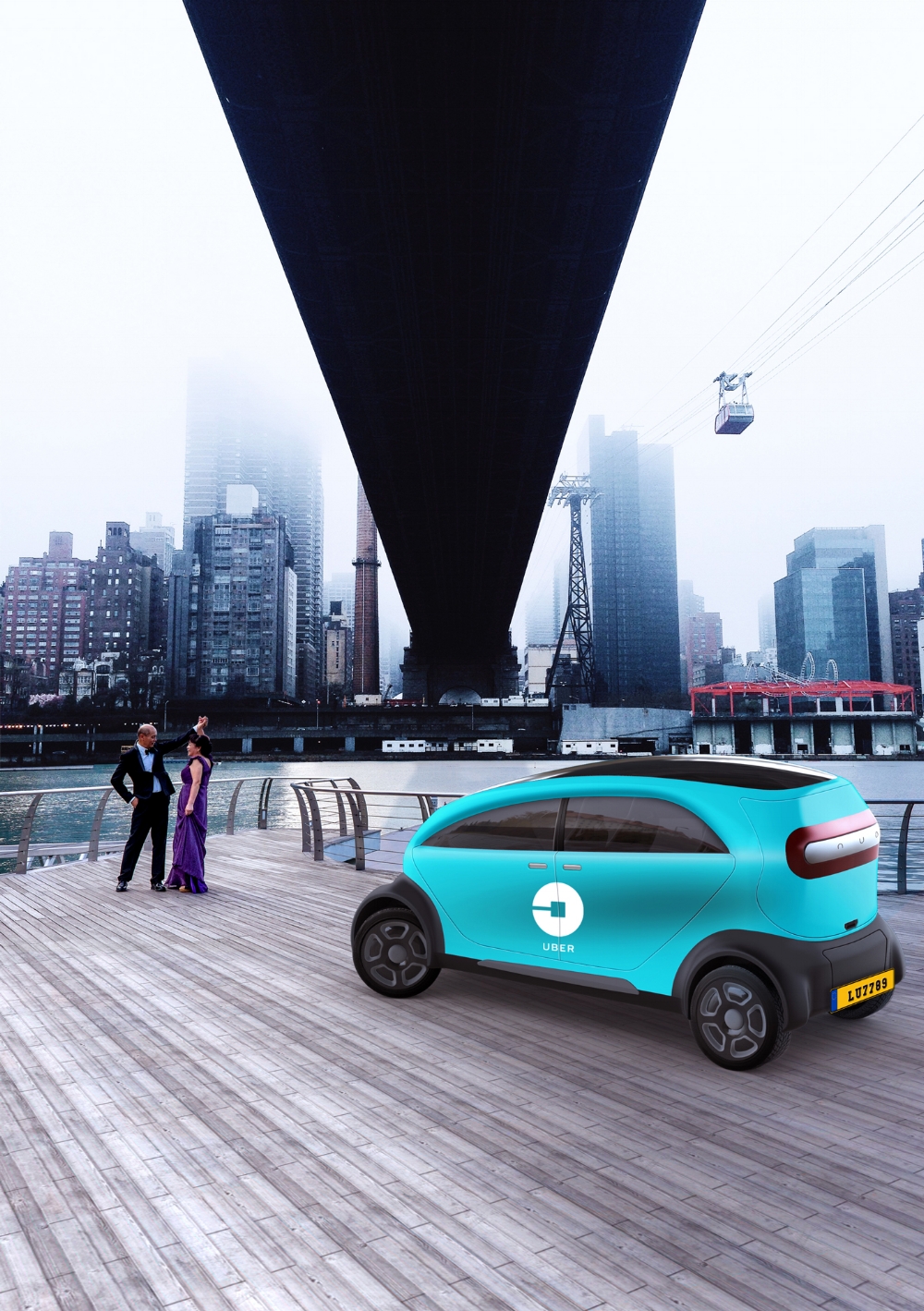
nuoreserach product
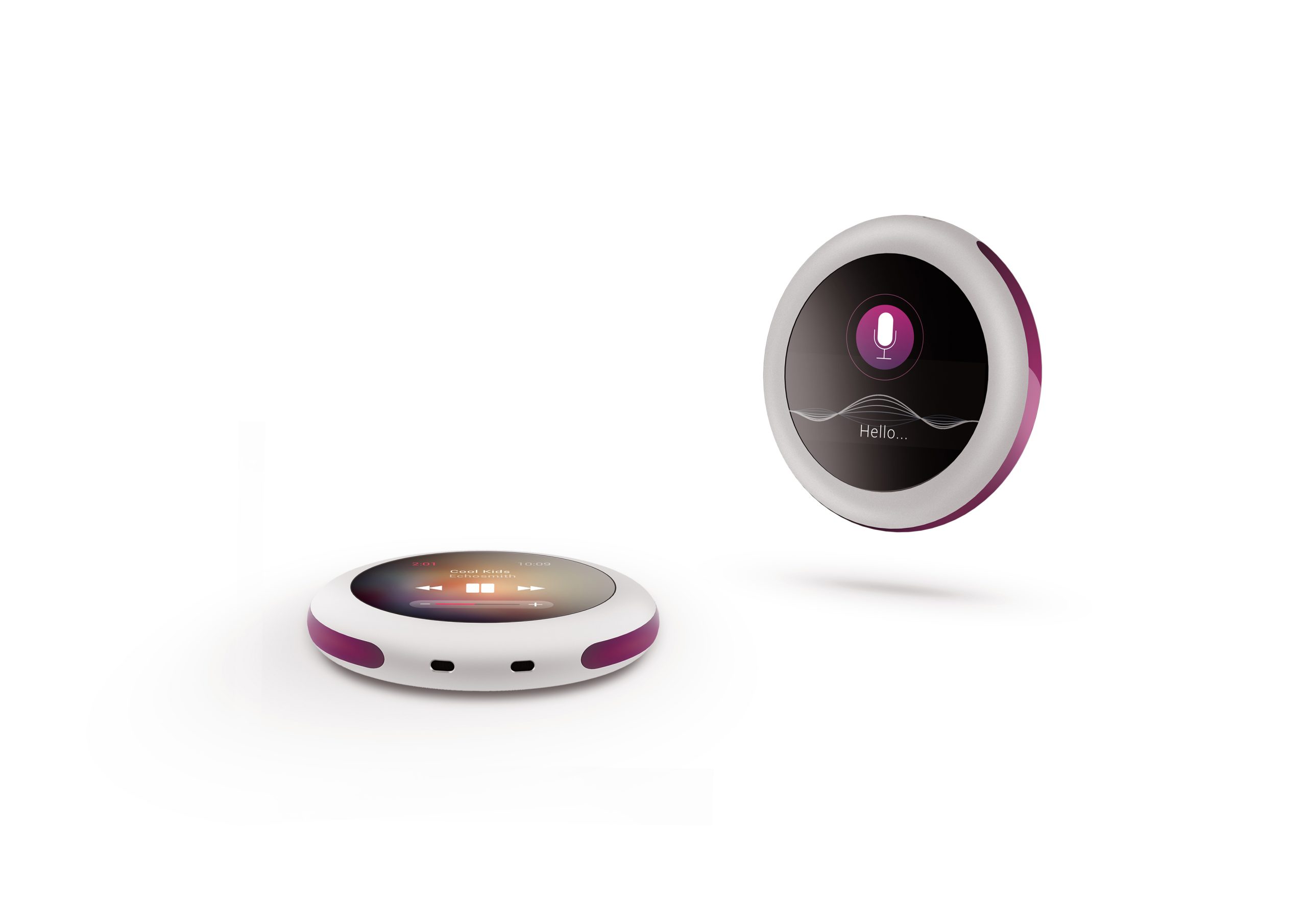
ipod proreserach product

Firefly Seeders (螢火蟲)research product

Kalo Probalreserach product

Walezi Wa Msitudesign research
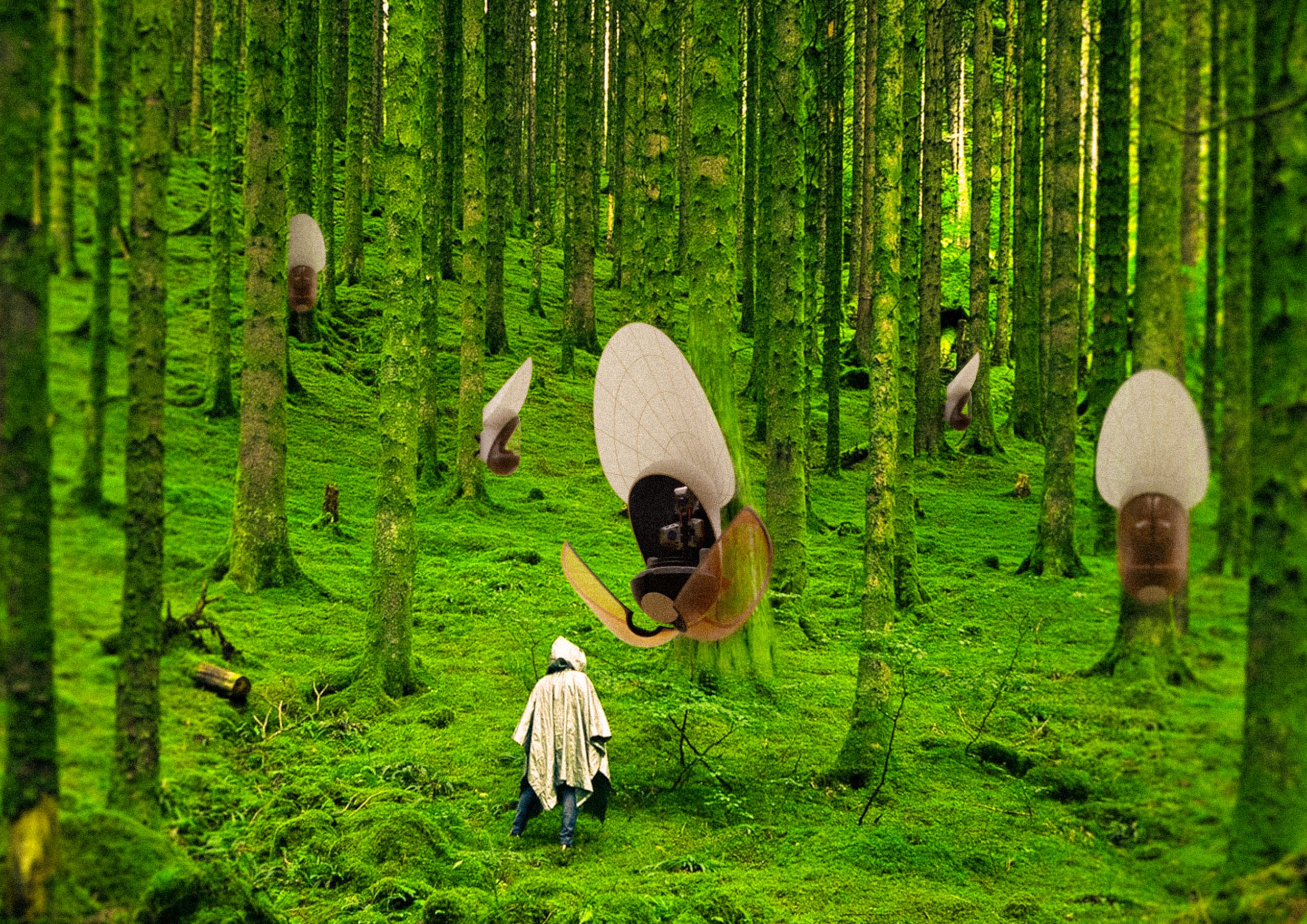
SymFabsProject type
Hey there, this is the default text for a new paragraph. Feel free to edit this paragraph by clicking on the yellow edit icon. After you are done just click on the yellow checkmark button on the top right. Have Fun!
